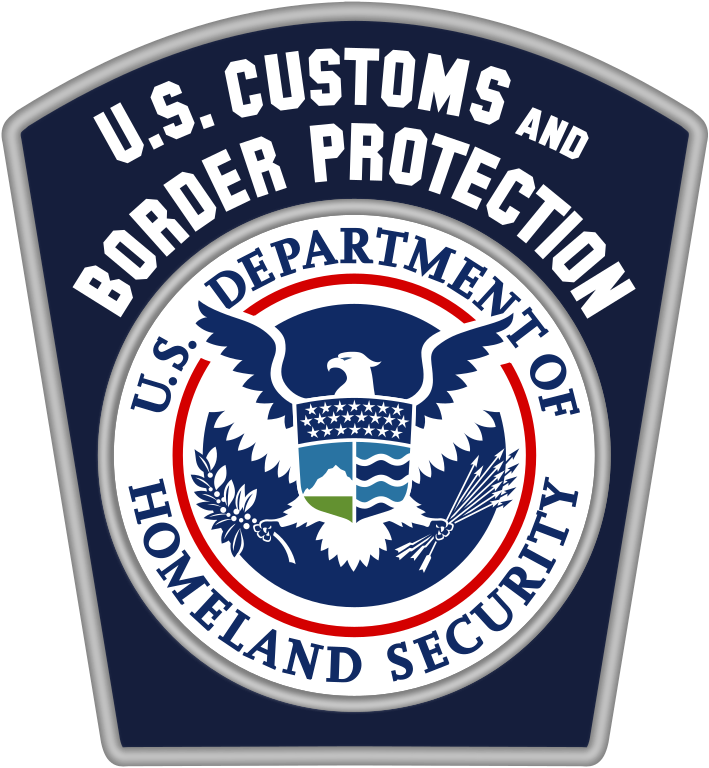This article is the first page to read in our Explore America series. It provides information you need to know before going to America for the first time. Once you’ve familiarized yourself with the below, you can comfortably set out to explore America.
You don’t need us to tell you that the United States of America (USA) is a huge country. In fact, it’s roughly the area of all 44 European countries combined! This size, of course, includes the Lower 48 (also known as Mainland US or the Contiguous States), as well as Alaska, Hawaii, and various US island territories. Some states are comparable in size, or even bigger than, some European countries. For purposes of simplicity, in this article, we’ll discuss only the commonalities between the 48 contiguous states. The following, therefore, are things you should familiarize yourself with before going to mainland America for the first time. We will discuss Alaska, Hawaii, and other US territories in future articles.
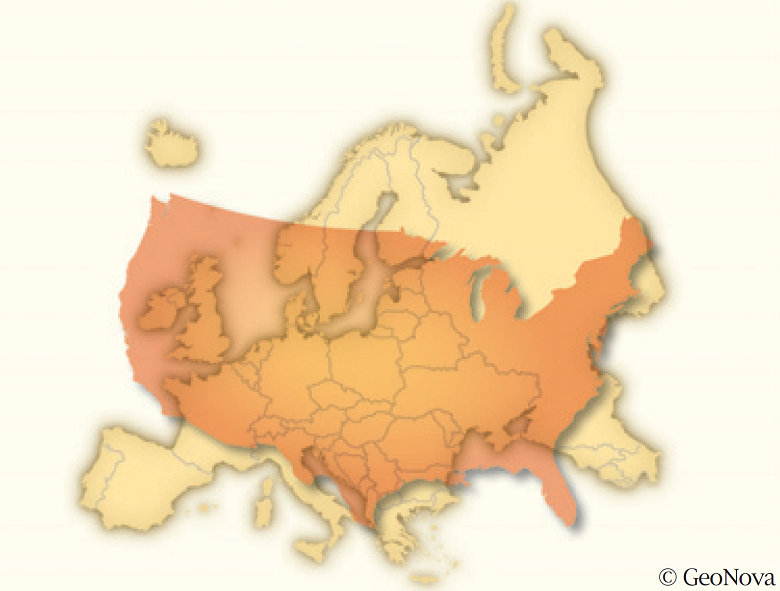
Before you explore America, you should know that the Lower 48 are additionally divided into cultural regions. The exact boundaries of these regions are vague. Some characteristics overlap with their neighbors. Some examples include the Northeast, the Mid-West, the Deep South, and the American Southwest. If you plan on visiting the American Southwest, read about things you should know specific to that region. For now, let’s begin with some general information about the contiguous states.
Time Zones
Europe has three time zones. Canada has 6. Russia has 11. Likewise, the United States spans across four times zones (see map below). They are:
- Eastern Time, GMT-5
- Central Time, GMT-6
- Mountain Time, GMT-7
- Pacific Time, GMT-8
Daylight Savings Time is observed in most of the United States.
Exceptions: Hawaii and Arizona are the only states that do not change their time, as well as some reservation lands found in other states.
Fun (confusing) fact: In Arizona, the Navajo reservation does observe the time change, whereas the Hopi Reservation, which is completely surrounded by Navajo land, does not.
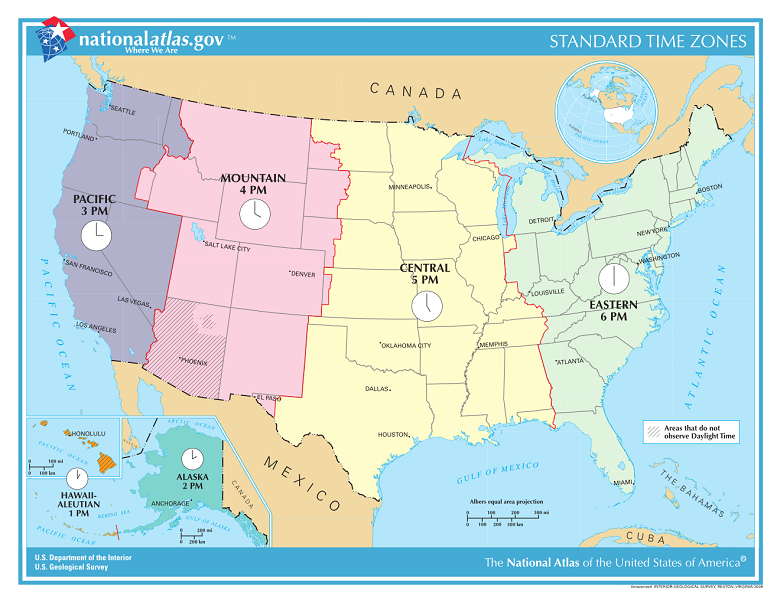
Visitor visas to the United States
Citizens of many countries around the world may apply for a visa waiver (ESTA) in place of a visa. Check and apply here if your country is included in this program. If your country is not included in this program, then you have to apply for a standard visitor visa to explore America. You need to do this months in advance of your travels. Citizens of Canada and Bermuda generally do not need visas for tourism in the United States.
Visa Waiver Program – Electronic System for Travel Authorization (ESTA)
ESTA is an automated Visa Waiver Program used to determine eligibility of visitors to travel to the United States. Though it is usually instantaneous, it can take up to 72 hours to receive your ESTA. You should therefore apply for it at the time you book your flight for the US, but no less than 72 hours prior to boarding.
Approved ESTA applications are valid for a period of two years, but a maximum of 90 consecutive days. This means you can leave the country after 90 days, and return the following day for another 90-day period, for up to 2 years.
Fees: As of 2020, all ESTA applicants must pay a processing fee of US$4.00. If your application is approved and you receive authorization to travel to the United States, an additional US$10.00 will be added to your payment method. If you’re denied, you’ll only be charged the processing fee. Check up-to-date fee information at the Help section of the ESTA website.
Note: You should PRINT a copy of your ESTA for your records and keep it with you at all times. You’ll have to present it prior to boarding your flight to the USA. Upon arrival on US soil, border patrol will have this information electronically, but it’s still a good idea to have physical proof of it, just in case.
Emergency and non-emergency situations
In case of an emergency, no matter what it is, dial 911. Though the US has separate numbers for different types of emergencies, it’s often faster to talk to a 911 operator than search for specific cases.
Note for Europeans going to America: You can also dial 112 in case of an emergency while in the United States. This number will automatically forward to 911 dispatches.
In case of a non-emergency situation that still requires calling the authorities, please dial 311. You can still call 911 and the dispatch will direct you as needed, but that means taking the place of another caller whose life may be threatened. So out of courtesy, please call 311.
Renting a car
Chances are, if you’re going to explore America, you’ll need to rent a car. When renting a vehicle in the United States, you must show a valid driver’s license and a major credit card, both in the name of the primary driver. Debit cards are not accepted by rental car companies. These rules are very strict!

The rental car company will keep a copy of your driver’s license and credit card for the duration of your rental, in the form of a deposit. Some companies may even put a hold on your credit card of up to US$1000 until your undamaged vehicle is returned at the end of the rental agreement. Your card will be charged the rental fees upon the return of your vehicle.
Most rental car companies allow for a secondary driver possessing the same last name as the primary driver to be added to the rental agreement at no extra charge. Request this at time of pick-up along with a driver’s license. Additional drivers, for a daily fee, may be added at time of pick-up and must present driver’s licenses.
Driver’s License
If your license is written in non-Latin characters, you must have it translated or obtain an international license. Otherwise, it is not a requirement to possess an international driver’s license. Regardless of having an international license, you will still need to present a national driver’s license when renting a car in the United States.
Rental vehicle types
Most rental vehicles have an automatic transmission. In fact, it is extremely rare to find passenger cars with manual transmission in the United States. Most rentals also come equipped with Cruise Control, allowing the driver to program and maintain a certain speed without having to press on the gas pedal. This is a very useful feature for the long distances so representative of the big open roads of United States. Pressing the breaks automatically cancels the Cruise Control feature.
Some vehicles come with a keyless ignition, but the key must be in the vehicle in order to start the car. Remember to take the key with you when exiting the vehicle, to avoid accidentally locking the keys inside.
Driving rules
4-way stop – In the case of a 4-way intersection where all sides have a stop sign, use common courtesy: First-come, first-served. If two cars arrive at the intersection at the same time, the car on the right has the right-of-way. The 4-way stop is also known as the all-way stop.
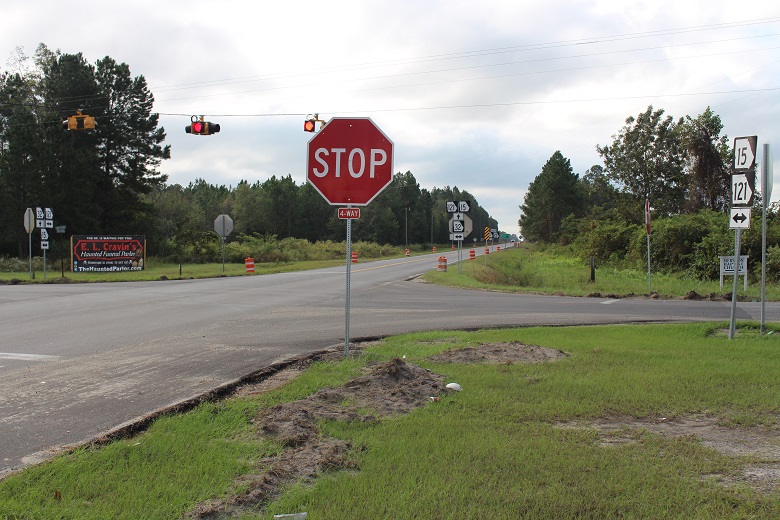
Right on red – Unless otherwise posted at an intersection, after coming to a complete stop, you may turn right even when the light is red. Note: Some major cities like New York have their own laws about this. Make sure to look for and carefully read street signs before making a turn on red.
The imperial system
Nothing is metric and nothing makes sense. Embrace this seeming chaos when you explore America, and you’ll be much more at ease at your destination.
Temperature
Temperature is measured in Fahrenheit. Freezing point (0°C) is 32°F! To convert °F to °C, here’s the formula:
(°F – 32) x 5/9 = °C
Or just get out your smartphone and download a conversion app!
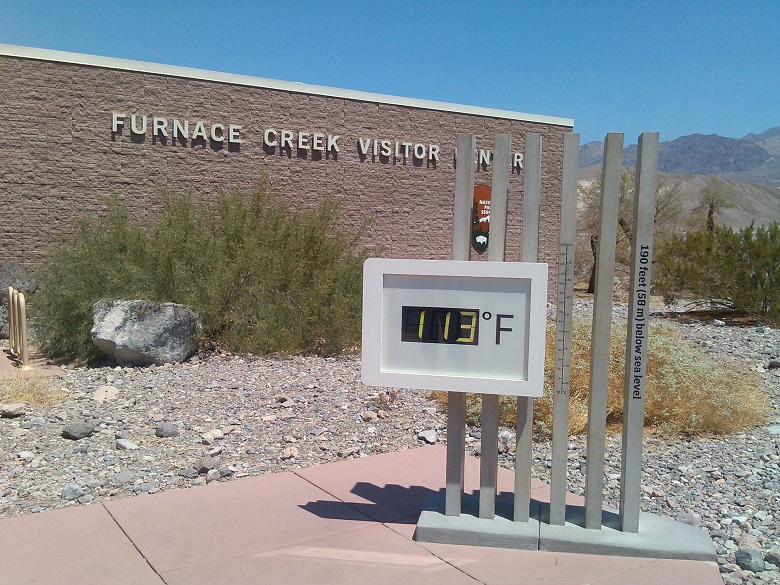
FYI: 113°F = 45°C
Height
Height is measured in feet and inches. For reference, 1 m = 3.3 ft. There are 12 inches in 1 foot.
You’ll see signs in feet to mark height clearance for driving under a bridge. If you’re driving a van or larger, make sure you know your vehicle clearance! This is especially important for passing through the Zion Tunnel, which you’ll most likely do on your first visit to the Southwest.
FYI, mountain summit and elevation differences are also recorded in feet.
Distance
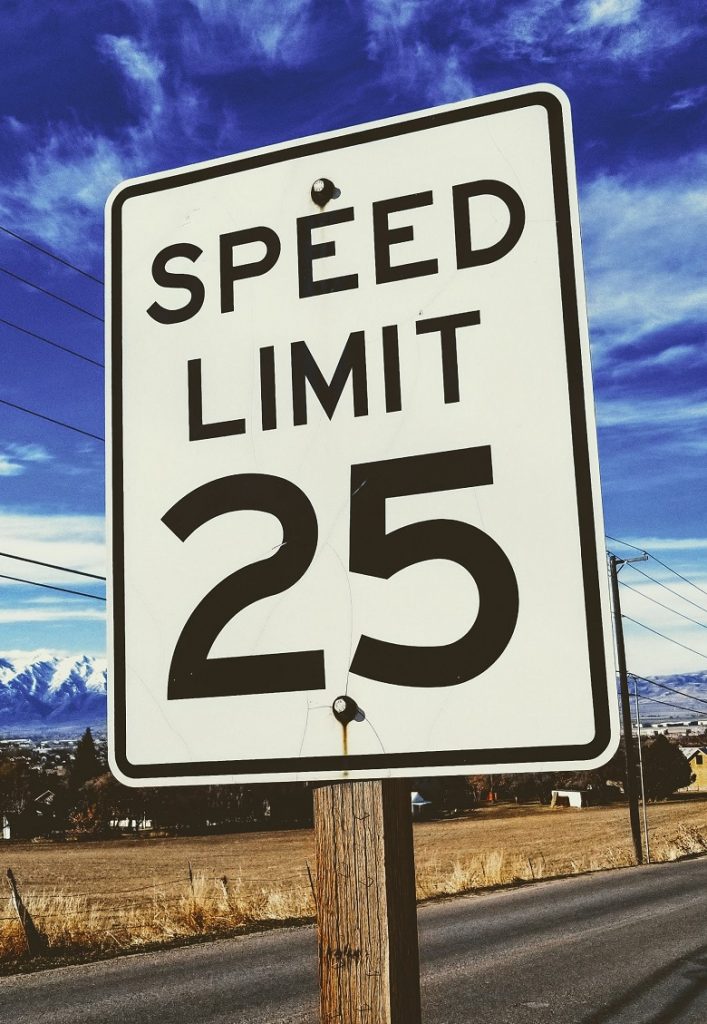
Distance is measured in miles. For reference, 1 mile = 1.6 km.
You’ll see speed limit signs referring to miles per hour.
If all goes well, you’ll never have to hear about inches, yards, or pounds.
Volume

Photo by Patrick Fore on Unsplash
For volume, you’re almost in luck! 1 quart = 1 liter (roughly…)
When at a gas station, prices are shown in $/gallon. For reference, 1 gallon = 4 quarts = 4 liters (it’s actually 3.785L, but just let it go!)
To order a beer, some establishments work with pints while others only know ounces (oz).
1 pint = 16 oz = 2 cups
Cups are (roughly) universal, yay!
Electricity
North American voltage is 110-120. This is the same as Canada and Central America. If coming from elsewhere, consider investing in both an adapter and a transformer.
Alcohol
It’s true. The legal age to drink alcohol is 21. This is strictly enforced everywhere. Have your ID ready wherever you choose to explore America.
Note that in some states you can only get alcohol, even just cooking wine, at the liquor store. In other states you can also find alcohol at grocery stores and gas stations.
Tipping
The service industry in the United States lives on tips. You’ve certainly heard of tipping your server at a restaurant. But did you know that at the end of a shift, your server tips the person who clears the tables, the host, and the cook staff? This is important for you to know before you explore America. Take this into account when calculating your trip budget, especially if you want to bring a smile to someone’s day.

It is common practice to add a tip (otherwise known as gratuity) to the final bill at a restaurant, between 15-20%. Add even more if you really appreciated the service. In addition, this practice is extended to any other profession in the service industry.
Here are a few guidelines:
- Taxi drivers should usually receive 10-15% of the price of the ride.
- Shuttle drivers, especially if this is a free service at the hotel or airport, should receive between $2-5 per person, depending on the length of the drive, help with your luggage, or the amount of trouble they went through to get you to your destination.
- Tour guides should receive $5 per person for half-day tours to $10 per person per day of guiding.
- The bell person who carries your luggage to your room should receive $1 per bag.
- Housekeeping staff in 3* hotels or higher are used to finding a tip in the room, starting at $2 for simple hotel rooms and going higher from there depending on the size and amount of cleaning required
Sales Tax
The price marked on an item does not include any taxes. These are automatically added by the computer at the check-out counter. Nobody knows what the tax code is. It varies from state to state, county to county, city to city… Sometimes there are a few different tax totals at the end of your bill!
Waivers
If you choose to partake in any kind of activity that some American corporation organizes, get ready to sign a waiver/release of liability or an acknowledgement of risk form, or both. In short, the form says that the company is not responsible for anything that happens to you out of your own sheer stupidity. It is a way of protecting itself against lawsuits. Realistically, though, if anything happens to you regardless of who caused it, you will still win a lawsuit with a good lawyer.
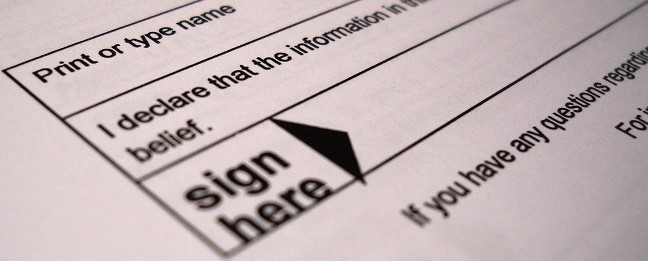
Other subjects we’re not going to tackle in our Explore America series of articles
In this article, we’re writing about important things to know before going to America. By “important things” we mean things that influence one’s travels. Guns, religion, and politics, though important topics, do not usually impact one’s actions while traveling.
Guns
Yes, it’s true that many people own guns in the United States. Yes, it’s true that you’ll see signs prohibiting guns from certain locations. But no, it isn’t true that you’ll see guns everywhere. Most responsible gun owners conceal their weapons to the point that you won’t even know they’re there.
Religion and politics
As far as religion goes, you’ll see many churches of all different faiths. Many. Everywhere. But no one will try to convert you or force you to go inside a church. Not even the Mormon missionaries at Temple Square in Salt Lake City. Unless you ask for it directly, they will just say hello and keep going. If you show interest, then prepare to stay a while.
The same goes for politics. You’ll see the American flag and political signs in people’s yards everywhere. But no one will try to convert you unless you ask. So just don’t ask!
Obesity, buffets, and Walmart Supercenters
Obesity is no longer as much as a phenomena as it used to be a few decades ago. For some reason, however, Americans are still stigmatized as obese. Yes, you’ll see fat people. No, you won’t see more fat people than you do in your own country.

That being said, Americans certainly spend a lot of time in fast-food restaurants and buffets. Fast-food chains such as McDonald’s offer free WiFi, so you might spend some time there too. Buffets are a wonderful phenomena that every first-time tourist to American must try! With these types of food establishments, you’ll be wondering how Americans aren’t as fat as you think they should be.
Finally, American supermarkets. These are typically one-stop shops. Aside for fresh fruit and vegetables, meat and dairy products, and non-perishable food, supermarkets also have a deli, a bakery, a pharmacy, and a general section for home and office necessities. Depending on state laws, supermarkets may even sell alcohol. Gas stations and general stores may also sell some necessities, but they will be at a higher rate. Taking it a step further, Walmart Supercenters also offer sportswear and gear, car repair, electronics, and so much more; Americans say that “if you can’t find it at Walmart, you probably don’t need it!”
Conclusion
In this article, we wrote about the most important things that influence one’s travels to the United States of America. We discussed visa procedures, different time zones, renting a vehicle, and the imperial system. We also touched upon cultural norms such as tipping and signing waivers. Knowing all of this in advance of your travels will make for a more pleasant in-destination experience. To learn more about specific regions of the United States, check out our other blogs. Start with the American Southwest. Go ahead and set out to explore America today!


